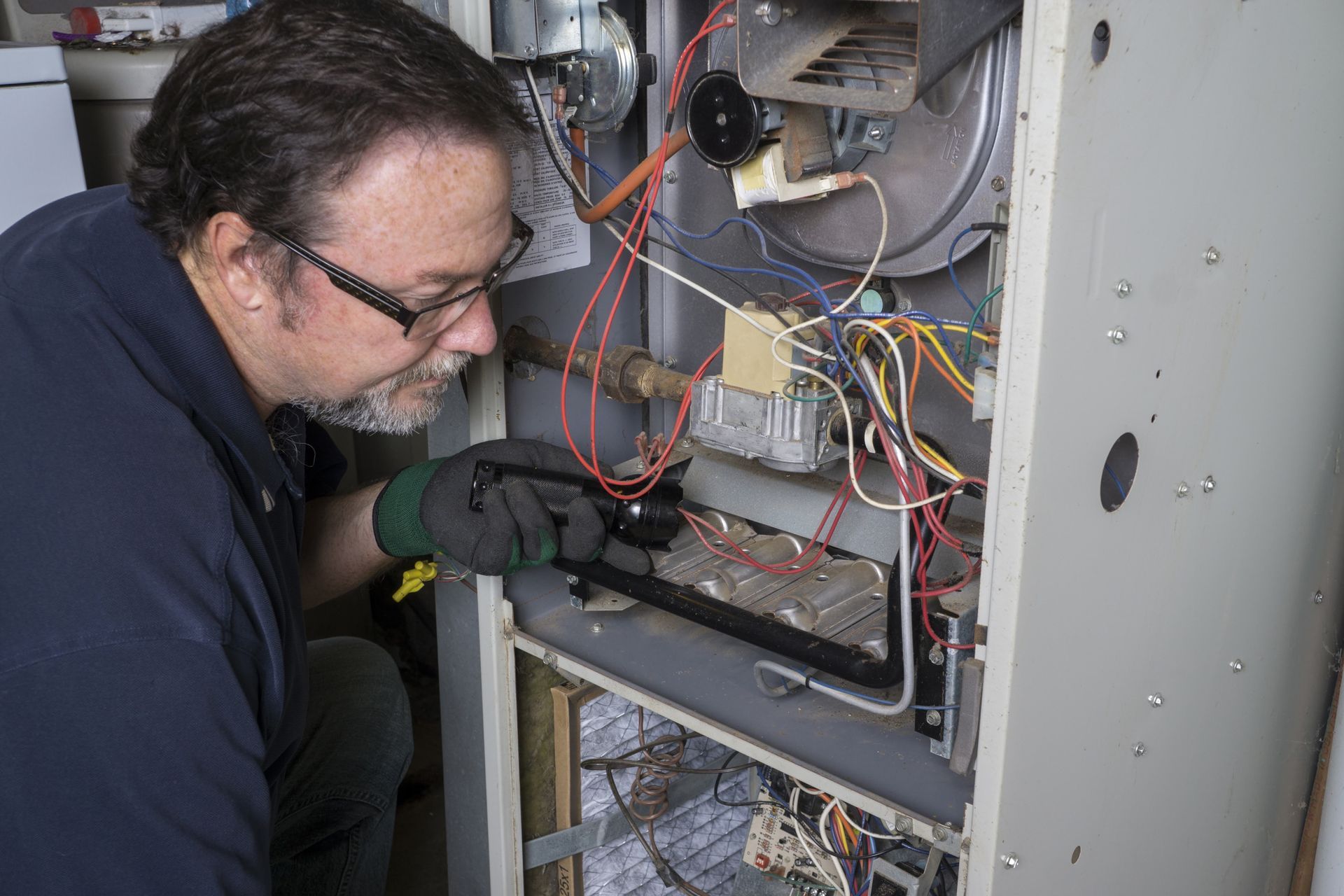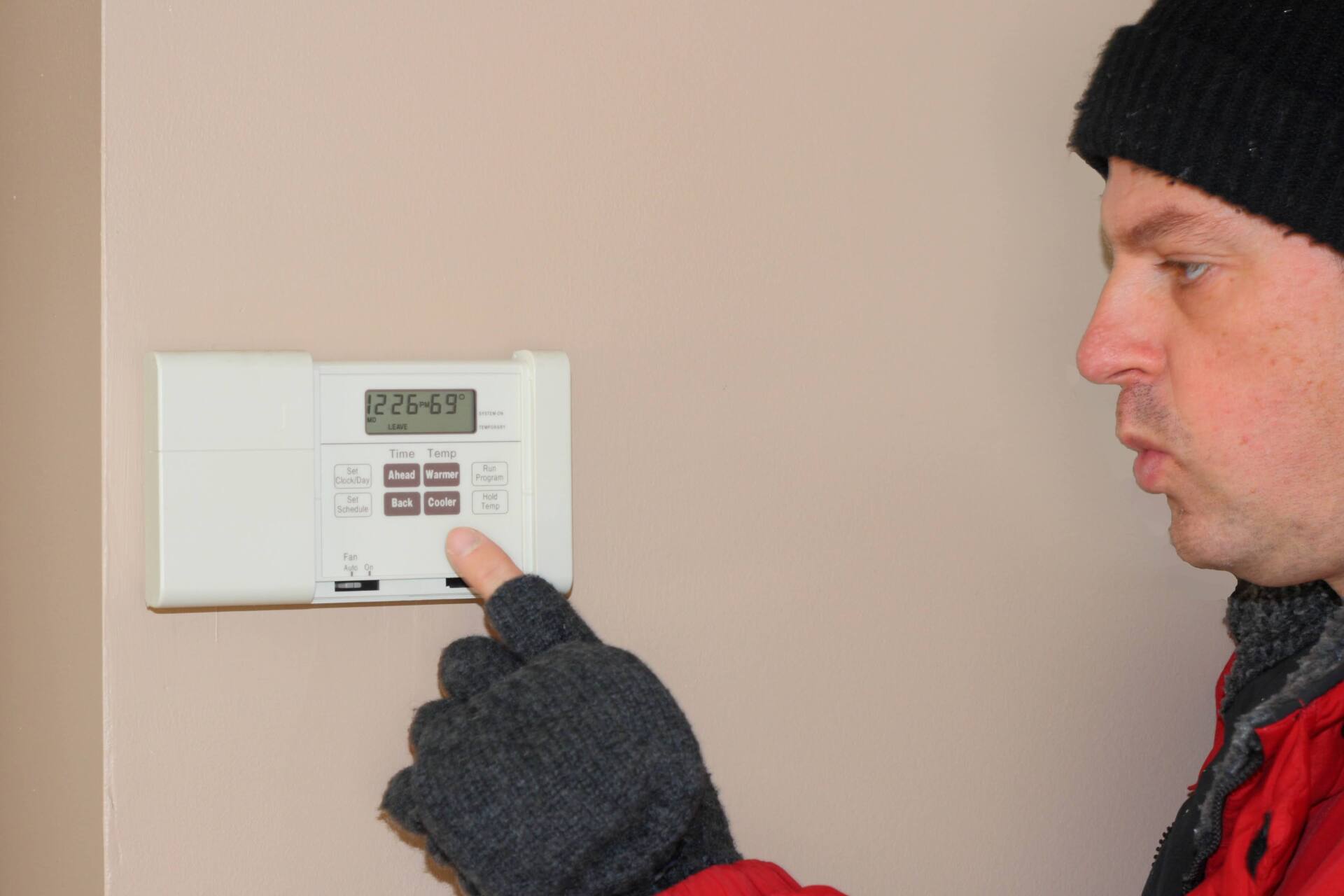Tips on How to Hire an HVAC Contractor

DIY HVAC installation or repair is not only tedious and time-consuming but also risky. So, a professional HVAC technician is crucial for a safe, faster, and more convenient installation or repair of your HVAC unit. Also, a professional HVAC contractor has unique work skills and expertise to meet your expectations.
Despite the many HVAC contractors in Milwaukee, Wisconsin, it doesn't have to be a game of luck to find the best one. Check out these tips on how to find the best contractor to install or repair your HVAC system.
Confirm the Contractor's Certification
Certification or accreditation is a sign that the HVAC contractor you intend to hire is reputable and trustworthy. The certifications that an HVAC contractor of your choice should have include:
- North American Technician Excellence (NATE) certification.
- Environmental Protection Agency (EPA) Certification, which includes type I EPA, type II EPA, and type III EPA certifications
- Preventive maintenance HVAC certification
- Indoor air quality certification
Such certifications show that an HVAC technician can safely handle systems that produce hazardous materials and prevent various emergencies. Certified HVAC contractors also have advanced knowledge of the latest HVAC technologies to help boost your system's performance. Also, a certified HVAC technician can offer you repair or installation services that will boost your indoor air quality.
Do not get afraid to request to see the certification the HVAC contractor of your choice has. You can also contact the Wisconsin Department of Safety and Professional Services (DSPS) to verify the contractor's certification.
Consider the Cost
Like any other industry, the HVAC industry isn't a one-size-fits-all in terms of installation, repair, and maintenance costs. One of the factors that can determine the HVAC installation or repair cost you incur is the amount of labor necessary. For instance, HVAC installations and replacements are often costlier since they require more labor than preventative inspection.
The age of your HVAC unit can also determine what you will spend on its installation or repair. Aged HVAC units require more repairs and new replacement components, which make their services costlier. Also, aged HVAC systems tend to have lower energy efficiency levels, which increase their servicing costs.
Take the time to compare price estimates from several HVAC contractors. A comparison of price estimates will enable you to create a reasonable budget and avoid unnecessary financial stress.
Check Out the Contractor's Warranty
A warranty shows that the HVAC technician you intend to hire is accountable and trustworthy. Also, an HVAC warranty can improve your satisfaction as a customer.
An installer warranty and manufacturer's warranty are among the key options you should consider. An installer warranty covers damages that result from poor HVAC installation work. A manufacturer's warranty covers the new replacement parts technicians use to repair HVAC systems.
One of the things to look for in an HVAC warranty is the mistakes that could void it. Some mistakes that could void your HVAC warranty are defective replacement parts and maintenance negligence.
Consider the Contractor's Insurance
HVAC system installations and repairs also come with many risks, like electrocutions, burns, and property damage. Such uncertainties can force you to cater to liabilities if you fail to hire an insured HVAC contractor. So, insured HVAC services will save you money and keep you from unnecessary worries.
Contractor's errors and omissions insurance, general liability, and workers' compensation insurance are some of the coverage an HVAC contractor should provide.
A contractor's errors and omissions insurance will help you address mistakes that might result from the technician's negligence. General liability will cater to repair costs if the contractor damages your property. Lastly, workers’ compensation will cater to the treatment expenses if the technician sustains bodily injuries while at work in your place.
An experienced and reputable HVAC contractor will offer you quality services to make your home comfortable and healthy. Contact us today at E & R Heating and Cooling for quality residential HVAC services.
PHONE: 414-202-5001 | EMAIL: rkubenik@yahoo.com | ADDRESS: 8561 S VENTANA DR, Oak Creek, WI, 53154
BUSINESS HOURS
Monday - Friday 8:00 am - 5:00 pm
Emergency after 5
Saturday - Sunday Emergency Service













